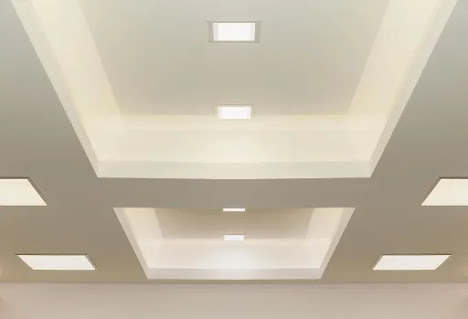LED Lights are much more energy-efficient than traditional incandescent bulbs. This means you can save hundreds of dollars on your electric bill over the life of the bulb. And LED bulbs last over 20 times longer compared to incandescent bulbs, keeping maintenance costs low. Plus you'll never have to replace a worn-out fluorescent light again with an LED replacement, saving you time and money.
LED lights are beneficial for many reasons. They allow the user to save substantially on energy consumption, all while receiving high-quality light. LED lights also provide high-quality illumination and can be used in almost any situation that calls for an electrical light source. There are several different types of LED lighting products that vary in terms of their brightness, colour temperature, and distribution. Some other benefits of using LED lights include the ability to use them in areas that would otherwise not support electricity due to hard ground or strong vibrations.
The top 5 benefits of using LED lights over their less efficient alternatives
Efficiency
The LED Light bulb is lauded for its energy efficiency. Though more expensive than traditional incandescent bulbs, the cost of running an LED light is significantly less over time. A standard incandescent bulb has a life of around 1,200 hours, which translates into four to five years of usage. The average LED bulb lasts 50,000 hours before burning out. Many reputable manufacturers claim their LED bulbs last 100,000 hours or more—combined, these are enough hours to watch movies every night for 34 years straight!
LED lights use less energy than other types of bulbs to produce the same light. They also can last for years with no concerns about burns out or fluctuations in the brightness of the light. You will save money on operating costs.
Longevity
Light Emitting Diodes are fully solid-state lights that are free of moving parts. They are very reliable and use 1/10th the power of incandescent bulbs to produce the same light. Their longevity is between 40,000 hours to 100,000 hours compared to an incandescent bulb that lasts about 1,000 hours. Their reduced maintenance costs allow for a return on your investment in less than three years.
LED light bulbs produce more light while consuming less energy. Consuming 70%-85% less energy, LED lights are up to 10 times more energy-efficient than incandescent bulbs, which saves you time and money on your electric bill.
Sturdiness
LED lights are more durable than fluorescent lights. An LED light uses fewer materials in its construction compared to fluorescent lights; thus, the light itself is more sturdy. Even if it falls or is dropped, chances are fewer components will break. Fluorescent lights are long tubes made of glass with fragile electrodes inside, which can easily shatter if broken.
LED lights are tougher than traditional bulbs and last up to 50,000 hours. The sealed housings help protect against water and moisture, which can cause overheating or breakage with most other bulbs. They also produce up to 90% less heat than traditional bulbs, reducing the load on air-conditioning systems.
Safety
LED lights are safe for the environment, lasting up to 50 times longer than fluorescent bulbs! They do not emit heat, so no energy is wasted in heating up materials. Rather LED lights turn on instantly, have incredibly fast response times, use less power when turned on, and are much more durable than other types of lighting.
LED lights operate more efficiently, emit a brighter light and cost less money to run. They also provide a safer option for nighttime driving by eliminating glare that can impair drivers vision of oncoming traffic.
Environment
LED lights are environmentally friendly in that they use fewer materials in their manufacturing, produce little in the way of solid waste, and are much more easily recycled when they do reach the end of their useful lives. They are also far less toxic at the end of their lives, when they are crushed at recycling centres, making them safer for ecosystems.
LED lights are a great alternative to traditional light bulbs, containing no mercury or other toxic substances. They provide a soft white light and use 50%-70% less energy than traditional incandescent bulbs.


0 Comments